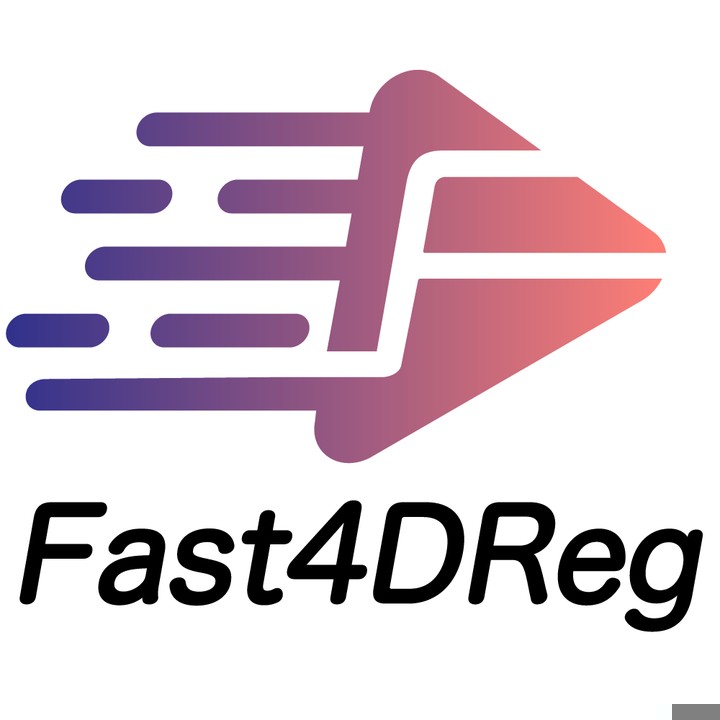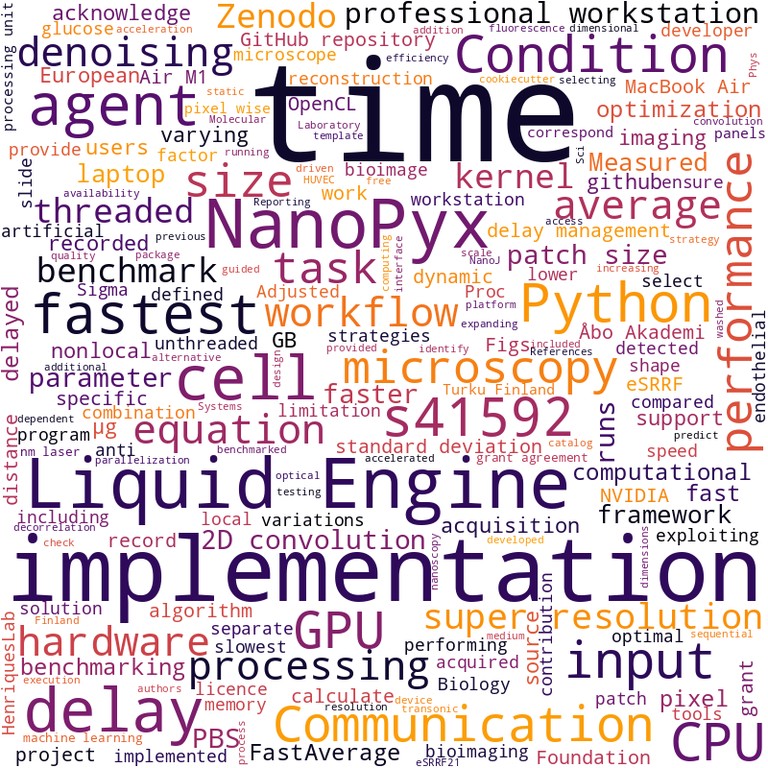Technology

Fast4DReg
GitHub:
- guijacquemet/Fast4DReg
Publication: Pylvänäinen et al. Journal of Cell Science 2023
- 5
Fast4DReg is an open-source image processing tool developed for ImageJ or Fiji that can quickly correct for axial and lateral drift in 2D and 3D timelapse microscopy videos. Drift during image acquisition is a common issue that can prevent accurate temporal visualization and quantification of biological processes. While multiple methods exist to minimize drift during imaging, some drift is rarely entirely eliminated so post-processing registration is often necessary.
The Fast4DReg pipeline breaks the drift correction task into two main steps - image registration to estimate the transformation that corrects drift optimally, followed by image transformation to apply the determined parameters to produce a drift-corrected image. To estimate lateral or axial drift, Fast4DReg first creates either z-projections or y-projections of the 3D video frames to generate a 2D video. It then calculates the cross-correlation matrix between a reference frame and each subsequent frame to determine the shift between them, representing drift over time. Subpixel accuracy is achieved by upsampling the cross-correlation matrix using bicubic spline interpolation.
For 3D videos, Fast4DReg sequentially estimates and corrects lateral drift first, before estimating and correcting axial drift. Lateral and axial corrections can also be performed independently if only one type of drift needs fixing. Users can choose either the first frame or consecutive frames as the reference. As output, Fast4DReg creates a folder with the corrected images, drift plots showing the drift over time, a table with the drift values, and a settings file to apply the corrections to other datasets like different channels.
A key advantage of Fast4DReg is its speed, owed to using 2D projections which simplifies computations and CPU multithreading to accelerate 2D cross-correlation. In comparisons using synthetic and real 3D videos, Fast4DReg performed equal or better than other open-source tools Correct3DD and Fijiyama in accuracy while being much faster. Tests also showed Fast4DReg has reasonable robustness to noise as long as signal-to-noise ratio is at least 2.
Besides registering 3D timelapses, Fast4DReg can also align channels from misaligned 3D multichannel stacks, by converting channels into time frames. It can directly register channels with similar structures or use images of calibration slides to determine shift maps to apply. The batch processing mode facilitates correcting many multichannel datasets with the same microscope drift profile. Fast4DReg can additionally register individual 2D videos and 2D multichannel images.
Fast4DReg provides a versatile open-source tool to easily and rapidly correct lateral and axial drift in 2D and 3D timelapse videos as well as register misaligned multidimensional datasets. Its speed, accuracy, batch processing capabilities, and user-friendly graphical interface aim to make drift correction more accessible for the microscopy community. Key advantages are its ability to leverage drift corrections for multiple datasets and flexibility to register both temporal and multichannel data. Ongoing development may further improve performance and usability.
Publications featuring Fast4DReg

|
Efficiently accelerated bioimage analysis with NanoPyx, a Liquid Engine-powered Python framework Bruno M. Saraiva, Inês Cunha, António D. Brito, Gautier Follain, Raquel Portela, Robert Haase, Pedro M. Pereira, Guillaume Jacquemet, Ricardo Henriques Paper published in Nature Methods, January 2025 Technologies: Fast4DReg (), NanoJ (), NanoJ-eSRRF (), NanoJ-SQUIRREL () and NanoPyx () Funded by: CZI, EMBO, ERC, FCT, H2021 and H2022 DOI: 10.1038/s41592-024-02562-6 |
|

|
Live-cell imaging in the deep learning era Joanna W Pylvänäinen, Estibaliz Gómez-de-Mariscal, Ricardo Henriques, Guillaume Jacquemet Review published in Current Opinion in Cell Biology, January 2023 Technologies: BioImage Model Zoo (), CARE (), DeepBacs (), Fast4DReg (), NanoJ (), NanoJ-Fluidics () and ZeroCostDL4Mic () Funded by: CZI, EMBO, ERC and H2021 DOI: 10.1016/j.ceb.2023.102271 |
|

|
Fast4DReg–fast registration of 4D microscopy datasets Joanna W Pylvänäinen, Romain F Laine, Bruno MS Saraiva, Sujan Ghimire, Gautier Follain, Ricardo Henriques, Guillaume Jacquemet Paper published in Journal of Cell Science, January 2023 Technologies: CARE (), Fast4DReg (), NanoJ () and ZeroCostDL4Mic () Funded by: CZI and ERC DOI: 10.1242/jcs.260728 |
|